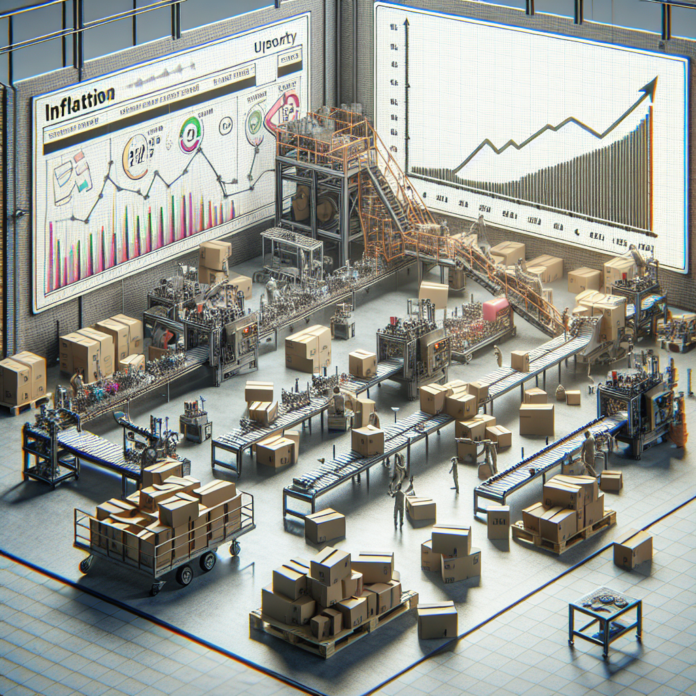The interconnectedness of global commerce is starkly evident in the way supply chain issues can lead to broader economic implications such as inflation. Supply chain constraints, a disruption in the flow of goods and services, present a significant challenge that can ripple through the economy, igniting inflationary pressures. This article explores the intrinsic link between supply chain disturbances and the rise in prices, casting light on a subject that affects businesses and consumers alike.
The Domino Effect of Supply Chain Disruptions
Supply chain constraints disrupt the delicate balance between supply and demand. Disruptions can range from raw material shortages to transportation bottlenecks or even regulatory changes. When supply chains falter, production slows, creating a shortage of goods. Retailers, facing low inventories, often raise prices to manage demand, resulting in inflation.
Analysts at Supply Chain Dive provide ongoing coverage of the latest supply chain news and trends, helping businesses and stakeholders stay informed.
The Cost of Raw Materials and Production Delays
Any uptick in raw material costs can increase production expenses for manufacturers, who may then pass these increased costs on to consumers. Supply chain constraints can lead to bidding wars for scarce resources, driving raw material costs even higher and further contributing to inflation.
Commodity price tracking through platforms like Trading Economics gives stakeholders foresight into potential cost increases that may lead to inflationary pressures.
Transportation Bottlenecks Inflate Consumer Prices
Transportation plays a vital role in the supply chain, enabling the movement of goods across the globe. However, a bottleneck in this sector— whether due to port congestion, shipping container shortages, or labor strikes—can lead to delayed deliveries and higher transportation costs, which often get transferred to the consumer, stoking inflation.
For updates on the transportation sector and its impact on supply chains, resources including FreightWaves offer insights and real-time data analysis.
The Role of Just-In-Time Inventory Strategies
Just-In-Time (JIT) inventory strategies, while efficient under normal circumstances, can exacerbate supply shortages during disruptions. With minimal product backlogs, any supply chain hiccup can quickly lead to stockouts, with manufacturers and retailers adjusting prices upward in response to limited supply availability.
Exploring reports and insights from industry leaders such as the Institute for Supply Management (ISM) can provide a deeper understanding of inventory management trends and the overall impact on supply chains.
Strategic Sourcing and Diversification to Mitigate Risks
To temper the inflationary effects of supply chain constraints, businesses are increasingly turning to strategic sourcing and diversifying their supplier base. By not relying on a single source or region for materials and goods, companies can manage risks more effectively and maintain steadier pricing for consumers.
Insights on strategic sourcing and risk management can be found with consultancies like Gartner, that specialize in advising businesses on supply chain best practices.
Conclusion
Supply chain constraints act as a catalyst for inflation, setting off a chain reaction that culminates in higher prices for consumers. These disruptions highlight the importance of resilient supply chain systems and the need for adaptive strategies to safeguard against inflationary fallout. By understanding the underlying mechanisms that link supply chain issues to inflation, businesses and policymakers can devise effective measures to ensure economic stability and protect consumers against the unintended consequences of a constrained supply chain.




 AGF-B.CO
AGF-B.CO